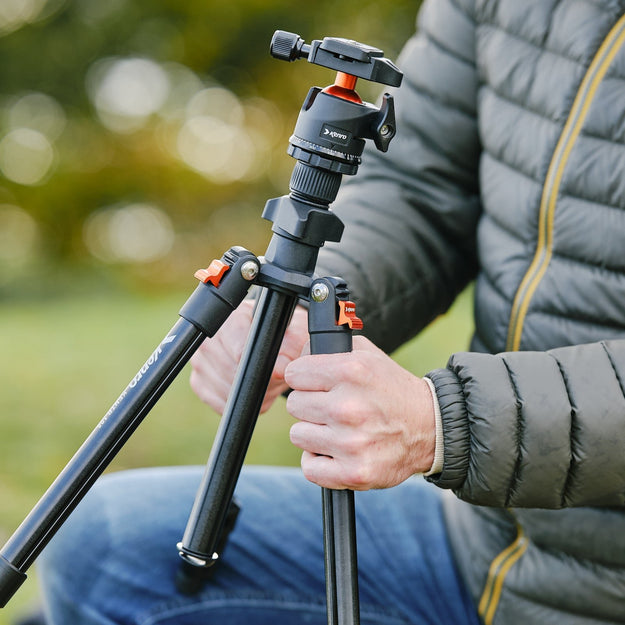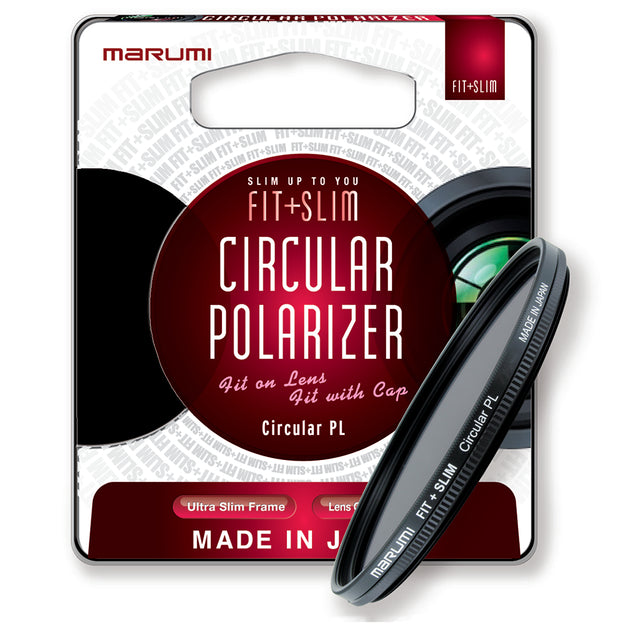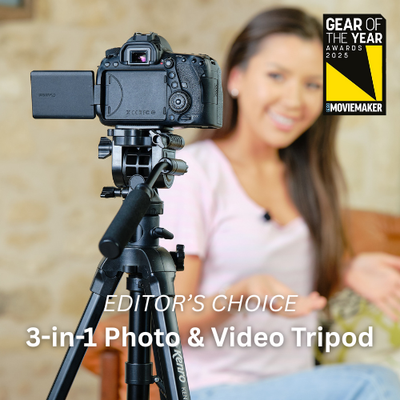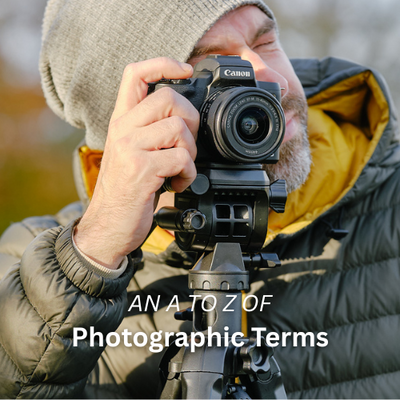Understanding the basics of photography composition can make all the difference to the pictures you take. Whether you’re picking up a camera for the first time or looking to refine your skills, knowing how to arrange elements within your frame is vital to creating a visually appealing image. While the technical settings of your camera play an important role in photography, it’s the way you position your subject, use light, and guide the viewer’s eye that truly brings a photo to life.
Throughout this blog, we break down some of the fundamental principles of composition, including the classic ‘rule of thirds’, symmetry, leading lines and framing, outlining how these simple yet powerful techniques can help turn everyday shots into striking images. Whether you’re capturing landscapes, portraits, or detailed product images, we’re here to teach you how a thoughtful approach can take your photography to the next level.
What is basic composition in photography?
Basic photography composition refers to the arrangement of visual elements within the frame to create an appealing and impactful image. Composition is all about how you position your subject, use lines, shapes, and other elements to guide the viewer's eye. When arranging visual elements in a certain way, using varying composition techniques, you can capture a balanced, interesting, and aesthetically pleasing picture. There are four main composition techniques that are used in photography that can help photographers produce images that feel intentional and high quality, while still leaving plenty of room for creativity and personal style.
The rule of thirds in photography
The rule of thirds is a compositional technique that involves dividing an image into three equal parts, both horizontally and vertically, creating a grid of nine sections. The main subject or most interesting focal point of the image should be positioned in either the left or right third of the grid, or at the intersection points of the gridlines, rather than in the exact centre of the frame. Our eyes are naturally drawn to these intersecting points, so positioning a subject there feels more engaging than placing it dead centre. This rule encourages photographers to leave negative space in the image, which can help highlight the subject and create a well-composed, aesthetically pleasing image.
This is the most commonly used, beginner-friendly composition technique that improves photos and is hailed as the ‘golden rule of photography’ as it is a foolproof method of creating dynamic, intriguing photos. Most cameras come with standard grid overlays in the settings, which can help you achieve this ratio with ease.
Although an incredibly effective technique, it’s important to remember that this is not a strict rule, and there are times when breaking this rule can be just as effective to create an interesting shot, especially if the subject is naturally centred.
Symmetrical photography
Symmetry is another photography composition technique that is commonly used. Symmetry involves creating a balanced image where elements on one side of the frame mirror or closely reflect those on the other side. This is an effective technique as it naturally appeals to our sense of order and balance, with the human eye being naturally drawn to patterns and harmonious arrangements. Examples of symmetry include reflections, perfectly centred objects or a symmetrical arrangement of people.
There are three key types of symmetry: vertical, horizontal and radial. Vertical symmetry refers to where a vertical line acts as the mirror, with elements of the image mirrored on either side. Horizontal symmetry is where the central horizontal line acts as the mirror, with elements mirrored above and below. And finally, radial symmetry is when elements radiate outward from a central point, creating a circular or spiral effect. Which one you choose will depend on the subject and scene, however, all of these compositions can feel satisfying and visually striking, emphasising beauty and structure in an image.
Tips for using symmetry in photography are to look for patterns or reflections that occur naturally around your subject, such as reflective surfaces, arrangement of trees, etc. When using the symmetry technique, consider your perspective and try centring your subject in the frame for a powerful effect. Keep in mind that, depending on what you are shooting, sometimes breaking symmetry can create tension and interest, which can bring a clever compositional twist.
Leading lines in photography
Another composition technique that is commonly used is leading lines. These are elements within an image, such as roads, rivers, or buildings, that naturally direct the viewer's eye towards a specific point of interest. These leading lines can be straight, curved, horizontal, or diagonal, and are used to help create a sense of depth and movement in an image.
Leading lines don’t have to be in the foreground of the image; they can be in the background to be just as effective at adding interest to an image, especially when they converge or intersect. This is a very effective composition technique for controlling how a viewer’s gaze travels around an image, as it can not only draw attention to the main subject but also to the surrounding elements of the image to add depth and create a more immersive picture.
Framing in photography
Framing is the technique of using elements within a scene to create a ‘frame’ around the subject of your image. The idea of this technique is to use these elements to surround, highlight, or isolate the subject, drawing the viewer’s attention directly to it. Framing can be achieved with anything from archways, windows, and doorways to trees, bridges, or even out-of-focus foreground objects.
Framing is an effective technique as it adds depth, context, and focus to an image. A well-framed image can make a photograph guide visual storytelling and add an interesting layer of creativity. Centring your subject in the middle of a frame can create a strong focal point and a sense of symmetry that is often used effectively in portraits, architecture photography, and cinematic scenes. This is a simple technique that can instantly elevate your composition, making it more thoughtful and engaging.
What is negative space in photography?
Negative space in photography refers to the empty areas around the main subject of an image. This is often made up of open sky, water, walls, or blurred backgrounds. Using negative space intentionally can help highlight and isolate your subject, giving it room to breathe within the composition.
Rather than filling every part of the frame with detail, this negative space draws the viewer’s focus directly to the subject, creating an image with depth. This technique can be used as a way to evoke emotion or add a minimalist aesthetic to an image. By balancing your subject with empty areas, you can create striking images that feel thoughtfully composed.
What equipment can help with photography composition?
Composing a good photo not only comes from artistic vision with an understanding and constant practice of these techniques, but certain equipment can also play a huge role in achieving desired compositions. Along with your chosen camera as the foundation of your equipment, with its various settings helping with composition, there are a few other pieces of photography equipment that can support you.

Karoo Compact Travel Tripod Kit
A tripod can be one of the most important tools for composition as it helps you to stabilise the camera for precise framing, and can be especially useful when using long exposures. When it comes to your camera lens, different lenses offer different perspectives and focal lengths, which can greatly impact the composition. Macro lenses allow for more unique compositions in a smaller space, and zoom lenses give you flexibility in framing and composition, allowing you to capture wide shots or zoom in on specific elements.


Marumi Fit + Slim Polariser Filters
Camera lens filters can also be useful, as while these focus less on the positioning of your subject and the camera angle you opt for, they help to manage contrast and light, both of which impact the overall composition of the final piece. Opting for a UV filter, such as the DHG Super UV Filters, can ensure your images remain clear without overexposure when shooting outside. A polarising filter, such as the Marumi Fit + Slim Polariser Filters, can help you to increase colour saturation and reduce reflections.
Ultimately, as long as you have a good quality camera, a tripod, and an artistic vision, composing the perfect photograph will come with consistent practice of varying techniques until you find what works best for you.
Perfect your photography skills with Kenro
If you’re looking to perfect your photography composition, we have a wide range of photography essentials to support you in your practice. Whether you’re looking to improve your skills as a professional photographer or simply looking to produce good-quality images as a hobbyist, explore our collection of camera accessories, photography lighting and tripods to find everything you need to get the perfect image every time.



